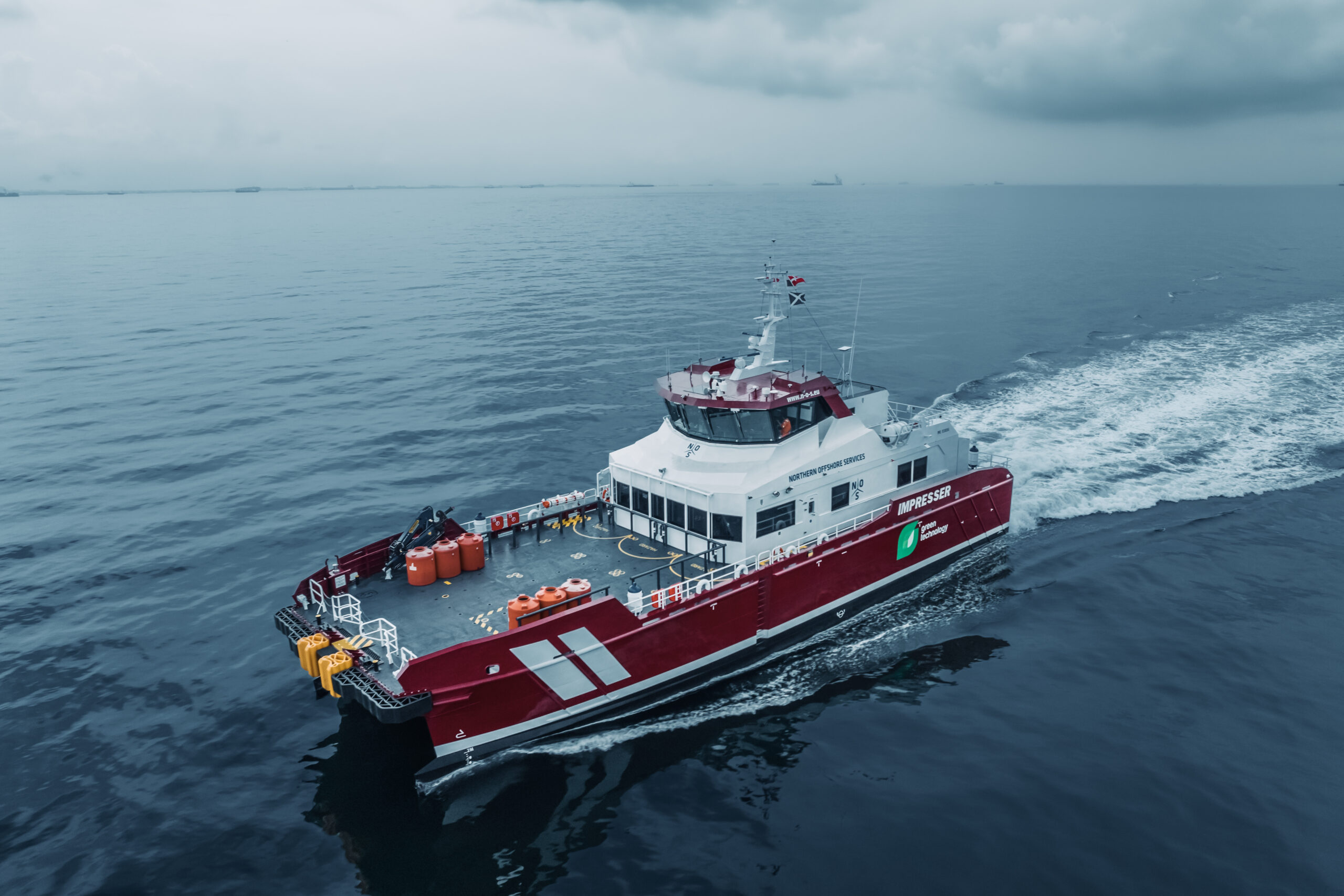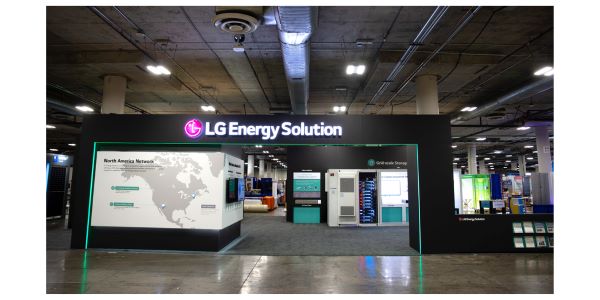Gender diversity has become an essential focus for Australia’s mining industry, with one business taking its commitment to the next level.
The Australian mining industry certainly has its fair share of hard jobs. Historically, these jobs were seen as too tough for women to handle.
In 2024, more mining businesses than ever are breaking down this stereotype, proving women are just as capable of contributing to one of Australia’s largest industries as men.
But many barriers to women entering and staying in the mining industry persist, with material challenges impacting their employment and retention – including work–life balance.
Despite vast changes in the way modern families operate compared to a few decades ago, much of the caregiving responsibility still falls on women’s shoulders.
This means even when women actively pursue work in the mining industry, mothers in particular are in need of a degree of flexibility in their working arrangements.
Parents at Work chief executive officer Emma Walsh said it’s not an easy fix for an industry largely defined by remote sites and fly-in, fly-out (FIFO) work.
“I think the mining sector has realised this and is trying to improve how it attracts and retains women, particularly after parental leave,” Walsh told Australian Mining.
“We need to see that effort put into structural change around job design, so there’s more ability for families to be thinking about how their caregiving responsibility factor in.”
Walsh said there needs to be greater collaboration between the industry and its workforce to tackle these challenges.
“It’s a great opportunity to improve, and the industry can’t afford not to,” she said. “I would suggest that the mining industry come together to think about how it could be more family-friendly.”
With a skills shortage becoming a pervasive issue facing the mining sector, operators need to create more balanced workplaces that attract both men and women.
One organisation committed to bridging the gap is FORACO Australia.
Founded in France in 1962 and entering the Australian market in 2009, FORACO Australia today runs 25 drill rigs and employs over 250 people.
The company provides deep hole directional coring, reverse circulation, large diameter flooded reverse water well, geotechnical, and other drilling related services such as grouting, instrument installation and well servicing.
According to FORACO eastern Australia manager Nathan Kunst, gender diversity is a key pillar of the company as it aims to draw on the full scope of the Australian workforce.
“We have always lived by employing the best person for the job,” Kunst told Australian Mining. “Our values are integrity, innovation, and involvement.
“They are the foundation of our culture, the driving force behind our innovation with equipment, and our commitment to listen and act upon what our employees are telling us.”
Kunst said the drilling industry is cyclical by nature, oscillating between periods of boom and bust.
“In the last market upturn in 2018, all companies struggled to find suitable workers through the traditional channels, which were ignoring 50 per cent of the population,” he said. “So part of our decision to improve gender diversity in the business was self-serving, but we had seen the benefits females bring to the role.
“Mixed crews generally seem to have more spring in their step, sites are usually more organised, and respect is a given.”
Curtin University’s Centre for Transformative Work Design recently released its landmark Mental Awareness, Respect and Safety (MARS) study.
Over 2550 Western Australian mine workers were surveyed for their perceptions of mental health awareness, respect, and safety in the workplace.
The study found 41 per cent of female mining workers reported the experience of being put down or condescended to while at work, while 34 per cent reported receiving sexist remarks.
It’s a sobering figure that requires serious attention from the industry. Women need to feel safe and respected in the workplace, which is why Kunst emphasised that when it comes to attracting and retaining women to work in the mining industry, actions speak louder than words.
“You need to show that you respect people’s choices to join your company and show them that you take their safety and well-being seriously,” he said.
“Quality people will not stay long at a company that doesn’t have respect, structure, systems, training, career progression opportunities and equipment that can help them do the job efficiently and safely.”
Kunst said a pivotal moment for the company was when it experienced a drop-off in the number of female staff on its roster.
“This led us to look at how we could innovate to make our drilling operations more appealing to female employees,” Kunst said.
FORACO tackled this challenge on a few fronts, one of which saw the company develop remote-controlled rigs with automated rod handling and breakouts, which decreased the level of physical effort required from drilling operations.
“Once we had remote-controls, we could put the driller into a climate-controlled cabin away from the rig which provided a much more comfortable work environment when compared with traditional hydraulic-controlled drill rigs,” Kunst said.
“It is a well-proven fact that people make better decisions and are more productive when working in a stress-free environment.
“Our remote-controlled rigs and driller cabins removed the issues associated with thermal stress and exposure to noise, dust, heat and vibration. Our crews were less stressed and fatigued, and more productive.”
Such innovation has seen the company increase and retain more female employees; currently, more than 20 per cent of its workforce is made up of women.
“It goes back to the adage that ‘if you keep doing the same thing, you will keep getting the same outcome’,” Kunst said. “Being short-staffed leads to missed shifts by workers, role fatigue, incidents, and a narrow, often jaded acceptance of reoccurring issues.
“Providing avenues to improve gender diversity opens a whole different set of solutions to what is possible with some different viewpoints and thought processes.”
When offering advice to mining businesses looking to put in the work to make their workplaces more hospitable to women, Kunst had a clear message.
“Get your culture right first, otherwise you will struggle to keep anyone and be plagued with turnover, lower productivity, poor morale, and incidents,” he said.
“When you think you have the cultural building blocks in place to recruit and keep quality employees, the rest will come naturally.”
It takes a lot of effort and patience to turn ideas into reality, but Kunst agreed with Walsh that the industry needs to come together to collaborate on the workforce of the future.
“Tap into the knowledge and insights of your teams,” he said. “Just because something has been done a certain way over time doesn’t mean it can’t be improved or changed.
“It just takes a different mindset to see an alternative solution.”
This feature appeared in the July 2024 issue of Australian Mining.




